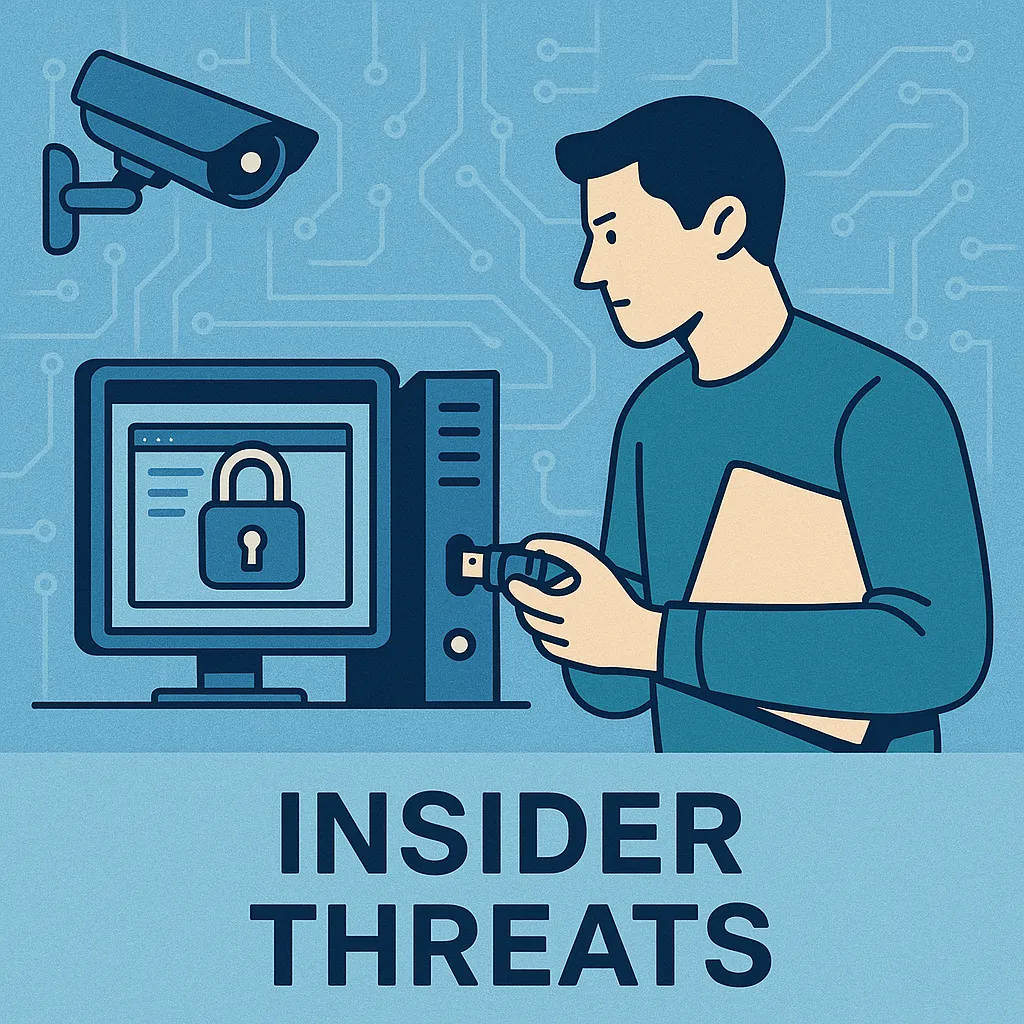Understanding Insider Threats in Cybersecurity
As the digital landscape evolves, the complexity of cybersecurity threats increases, with one of the most insidious being the 'insider threat.' This blog post explores what insider threats are, their implications for businesses, and how emerging technologies like generative AI influence the security landscape.
What is an Insider Threat?
An insider threat originates from individuals within an organization - these could be employees, former employees, contractors or business associates - who have inside information concerning the organization's security practices, data and computer systems. The threat they pose can include theft of data, intellectual property theft, or sabotage of computer systems and networks. Worklife News highlights the growing prevalence of this risk.
The Impact of Generative AI on Insider Threats
Generative AI, or GenAI, is significantly altering the threat landscape by providing new methods for data manipulation and creation. As noted by Apple News, the adoption of GenAI technologies has led to an expanded attack surface for insider threats. AI tools can be used either to protect against or perpetrate insider attacks, intensifying the need for sophisticated security measures.
Cases and Examples of Insider Threats
Real-world examples of insider threats include cases where sensitive information was deliberately leaked to competitors or the media. For instance, companies like Nvidia are using AI to detect unusual activities that might indicate an insider threat, showcasing how serious businesses are taking this issue. More on this can be found on Enterprise AI News.
Technological Solutions and Strategies
To counter insider threats, companies are increasingly turning to advanced technological solutions. The use of artificial intelligence and machine learning for detecting and responding to anomalies in user behavior represents a significant advancement in this field. Techniques such as behavior analytics, access controls, and continuous monitoring are critical components of a robust defensive strategy.
Conclusion
Insider threats pose a significant and evolving challenge in cybersecurity. With the rise of sophisticated AI tools, both the risks and defenses are evolving. Organizations must remain vigilant and proactive in implementing advanced security measures to defend against these internal risks. Awareness and education on the potential hazards and preventive strategies can form the first line of defense against insider threats.

